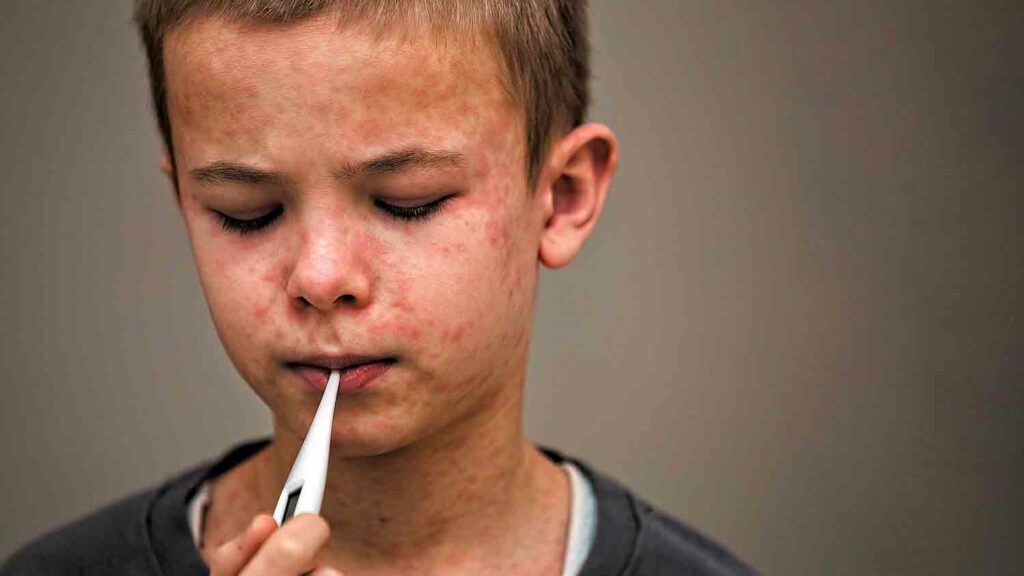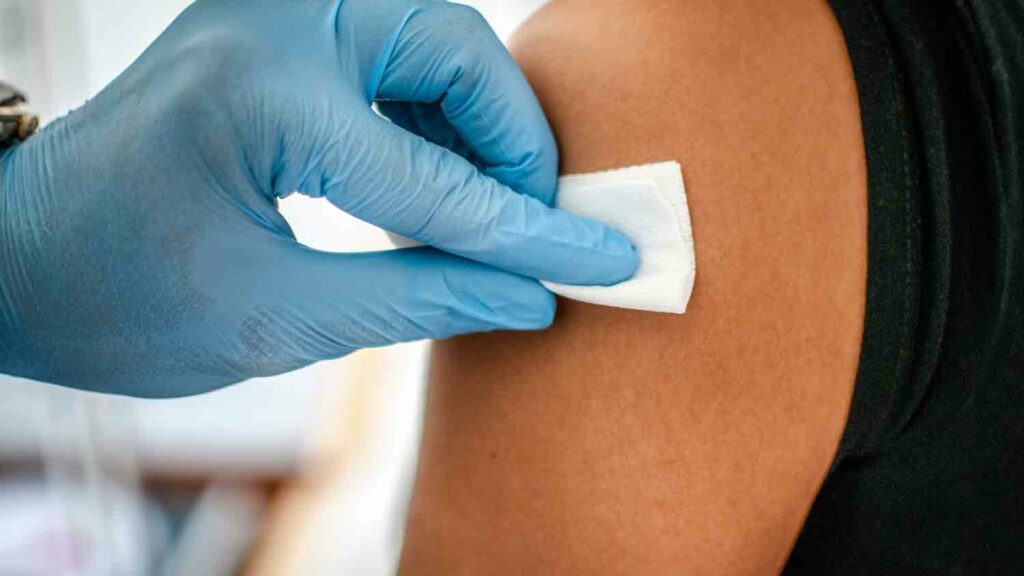
Lambeth faces a substantially increased risk of an increase in outbreaks of serious illnesses like measles, polio and diphtheria because of falling child vaccination rates.
Marina Ahmad, Labour London Assembly Member for Lambeth and Southwark said new NHS data show London child vaccination rates are significantly worse than any other region in the UK.
In Lambeth, only 79 per cent of children have received the second dose of the measles mumps and rubella vaccine (MMR) by age five and 89 per cent for the “6-in-1” vaccine, which protects against diphtheria, hepatitis B, haemophilus Influenza Type B (Hib), polio, tetanus and whooping cough, by age two – the ages at which the NHS records whether children are up to date with their vaccines.
The NHS has a target vaccination rate of 95%, in line with World Health Organisation guidance. Lambeth failed to hit this target across any of the 14 different vaccine coverage measures reported in then year 2022/23.
Ms Ahmad warned that, if these trends continue, herd immunity in the general population is under threat.
As under-vaccinated cohorts of children begin to go to school, the risk of outbreaks increases substantially. To avoid seeing serious illnesses such as measles, polio and diphtheria in the community, she has urged families to check that their children are fully up to date with their vaccines.
Falling vaccination rates were cited as a driver of polio being found in the water supply in East London last year, causing the NHS to deliver a vaccination drive to address the crisis.
The presence of polio was cited by the UK Health Security Agency’s immunisation lead, warning last year that the country’s polio eradication status is at risk.
Between 1 January and 30 June 2023, there have been 128 cases of measles in the UK, more than double the 54 cases identified in 2022, with 66% of the cases detected in London.
Marina Ahmad said: “Illnesses such as measles, polio and diphtheria can cause serious problems, especially for children. I don’t want to see our area affected by easily preventable illnesses like these.
“Vaccines are safe and reliable ways to keep children safe from disease. I urge parents to check that their children are fully up to date with the immunisations available on the NHS.”

NHS London said in September that more than 32,000 children in the capital were at risk of measles as new school term got under way.
It said measles cases are rising across the country while childhood vaccination rates have fallen over the past 10 years.
Across the country, more than 102,000 children aged four and five starting in reception classes were not protected against catching measles, mumps and rubella. This included more than 32,000 in London.
“Measles is highly infectious and if left unvaccinated nine out of ten children in a classroom will catch the disease if just one child is infectious,” the NHS warned.
In July this year the UK Health Security Agency (UKHSA) announced that there was a high risk of measles in London, with a prediction of up to 160,000 cases.
With some areas of London are reporting as many as 40% of children unvaccinated, the risk of spread is much higher than elsewhere in the country, the agency said.
While measles can be mild for some children, one in five infected will require a hospital visit and the infection can lead to complications in one in 15, such as meningitis and sepsis “causing real risk to life”.
There is no specific treatment for measles, so parents are being reminded that vaccination gives the best protection from serious illness.
The NHS began a polio and MMR catch up programme in London in May this year.
Dr Oge Ilozue GP, senior clinical advisor, NHS London vaccination programme said: “Measles can start with cold-like symptoms such as a runny nose, sneezing and a cough with a rash not showing until a child has been infectious for up to four days.
“In a classroom it may not be easy to spot that they have the measles infection at first and before they have a rash they could have infected nine out of ten of their unvaccinated classmates.”
The MMR vaccine is given at one year old and again at around three years and four months in readiness for starting school.
Two doses are enough to give lifelong protection from becoming seriously unwell with mumps, measles and rubella.
The MMR vaccine is often given at the same time as the pre-school booster including protection against polio. Anyone who has missed any of the vaccinations can catch up at any time.
London GP Dr Sara Kayat said: “It’s important we keep our little ones fully protected from measles, which is on the rise.
“Speaking as both a doctor and a mum, the MMR vaccine is the best possible way to keep our children safe and healthy. So, I am urging parents and guardians to check your child’s red book to make sure they are fully vaccinated against this disease.”
The World Health Organisation identifies measles as one the most contagious infections in the world, yet the disease is completely preventable with vaccination.
The UK lost its eradication status for measles in 2018 following an increase measles cases in the country and vaccine levels lower than the 95% target set.
You can see if your child is up to date with their vaccinations by checking their red book or asking the GP practice.
If any doses have been missed, you can make an appointment at your GP practice to catch up and become protected.
Since the measles vaccine was introduced in the 1960s more than 20m cases have been avoided, saving over 4,500 lives.
The Measles, Mumps and Rubella (MMR) vaccine is safe and has been used since the early 1980s.
A 95% MMR vaccination uptake, the target set by the WHO, is enough to create herd immunity, protecting those who are not able to be vaccinated, such as babies under one years old, and stop measles circulating.







